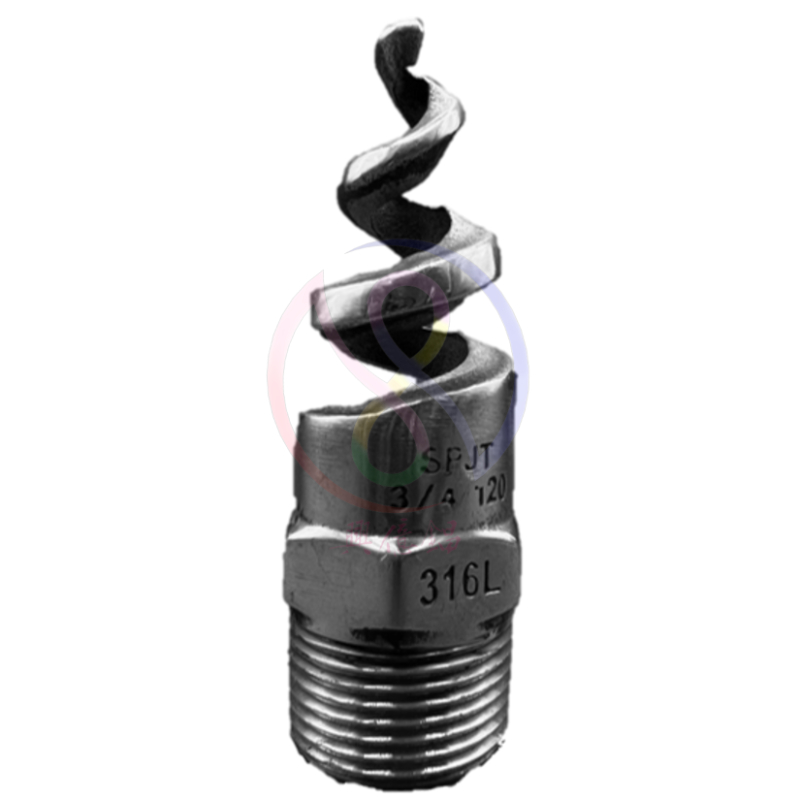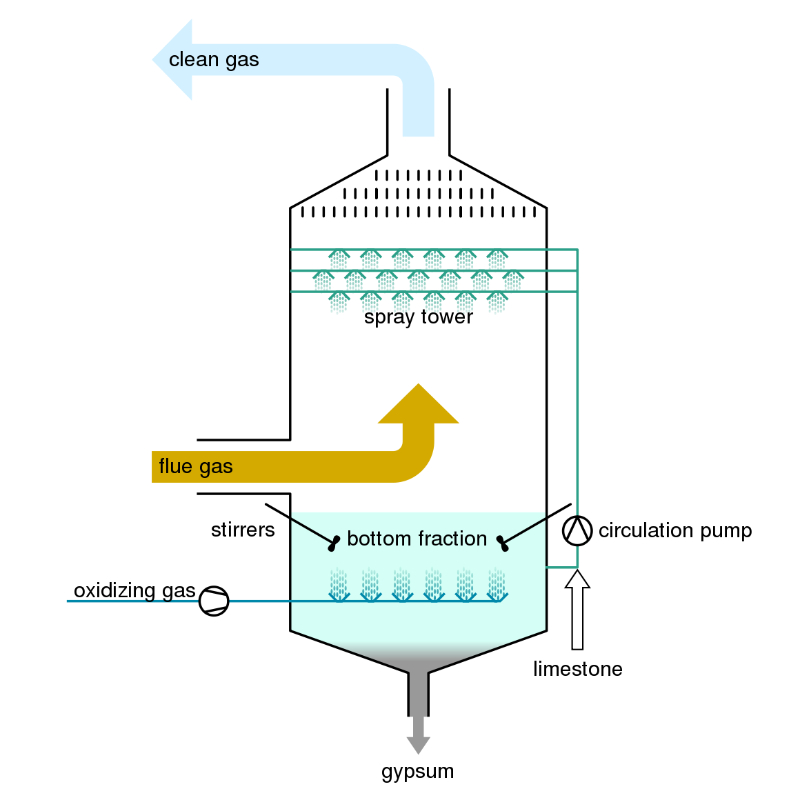-
商品資訊
### Hydrodesulfurization Catalyst Description
**Hydrodesulfurization (HDS) catalysts** are used in the chemical process known as hydrodesulfurization, which is an essential method for removing sulfur compounds from petroleum and natural gas products. This process is critical in refining industries, where it reduces the sulfur content in fuels like gasoline, diesel, and jet fuel, thus helping to meet environmental regulations and improve air quality by reducing sulfur dioxide (SO₂) emissions during fuel combustion.
### 1. Working Principle
In the hydrodesulfurization process, the feedstock (crude oil or natural gas) is combined with hydrogen and passed over a solid catalyst under high temperature (300°C-400°C) and high pressure (typically 30-130 atm). The HDS catalyst facilitates the hydrogenation of sulfur compounds, converting them into hydrogen sulfide (H₂S) and hydrocarbons. The H₂S is then removed from the product stream, and the desulfurized fuel is further processed or used.
The typical HDS catalyst consists of an active metal, such as cobalt (Co) or nickel (Ni), supported on a base of molybdenum (Mo) or tungsten (W) oxides, and often dispersed on a porous alumina (Al₂O₃) carrier. The catalyst increases the reaction rate and enhances the conversion of sulfur compounds, even at lower temperatures and pressures.
### 2. Key Features
- **High Activity**: Hydrodesulfurization catalysts are highly active and efficient in promoting the chemical reactions required for desulfurization, even in high-sulfur-content feedstocks.
- **Selective Reaction**: The catalyst selectively targets sulfur compounds, ensuring that they are removed without significantly affecting other hydrocarbon structures in the fuel.
- **Durability**: HDS catalysts are designed for long-term use in industrial refining processes, with high resistance to poisoning or degradation over time, particularly from sulfur and nitrogen compounds.
- **Versatility**: The catalyst can be used in various hydrocarbon refining processes, including the treatment of naphtha, diesel, kerosene, and heavy oils.
### 3. Applications
Hydrodesulfurization catalysts are widely used in the following industrial sectors:
- **Petroleum Refining**: In refineries, HDS catalysts are utilized in units that desulfurize gasoline, diesel, and jet fuel to meet environmental sulfur limits.
- **Natural Gas Processing**: HDS is applied to remove sulfur from natural gas to ensure it meets market specifications and prevents damage to processing equipment.
- **Chemical Industry**: In the production of sulfur-free chemicals and specialty products, HDS catalysts help purify feedstocks to ensure the quality of the final product.
### 4. Advantages
- **Environmental Compliance**: HDS catalysts enable refineries to produce low-sulfur fuels that comply with stringent environmental regulations aimed at reducing air pollution.
- **Fuel Quality Improvement**: By removing sulfur, the catalysts help improve the quality of fuels, enhancing their performance and preventing corrosion in engines and industrial equipment.
- **Cost-Effective Process**: Hydrodesulfurization is a relatively cost-effective method for sulfur removal, especially when using high-performance catalysts that lower the required operational energy and pressure.
### 5. Challenges
- **Deactivation**: Over time, HDS catalysts may deactivate due to carbon (coke) buildup, contamination by heavy metals, or sintering, which can reduce their effectiveness.
- **Operational Conditions**: The HDS process requires high temperatures and pressures, which can increase the operational costs and complexity of the system, although advancements in catalyst design are continually improving efficiency.
### Conclusion
Hydrodesulfurization catalysts play a vital role in the refining and processing of fuels, ensuring compliance with environmental regulations and enhancing fuel quality. By facilitating the efficient removal of sulfur compounds, HDS catalysts help reduce emissions and improve air quality, making them indispensable in modern refining operations.
-
商品Q&A




